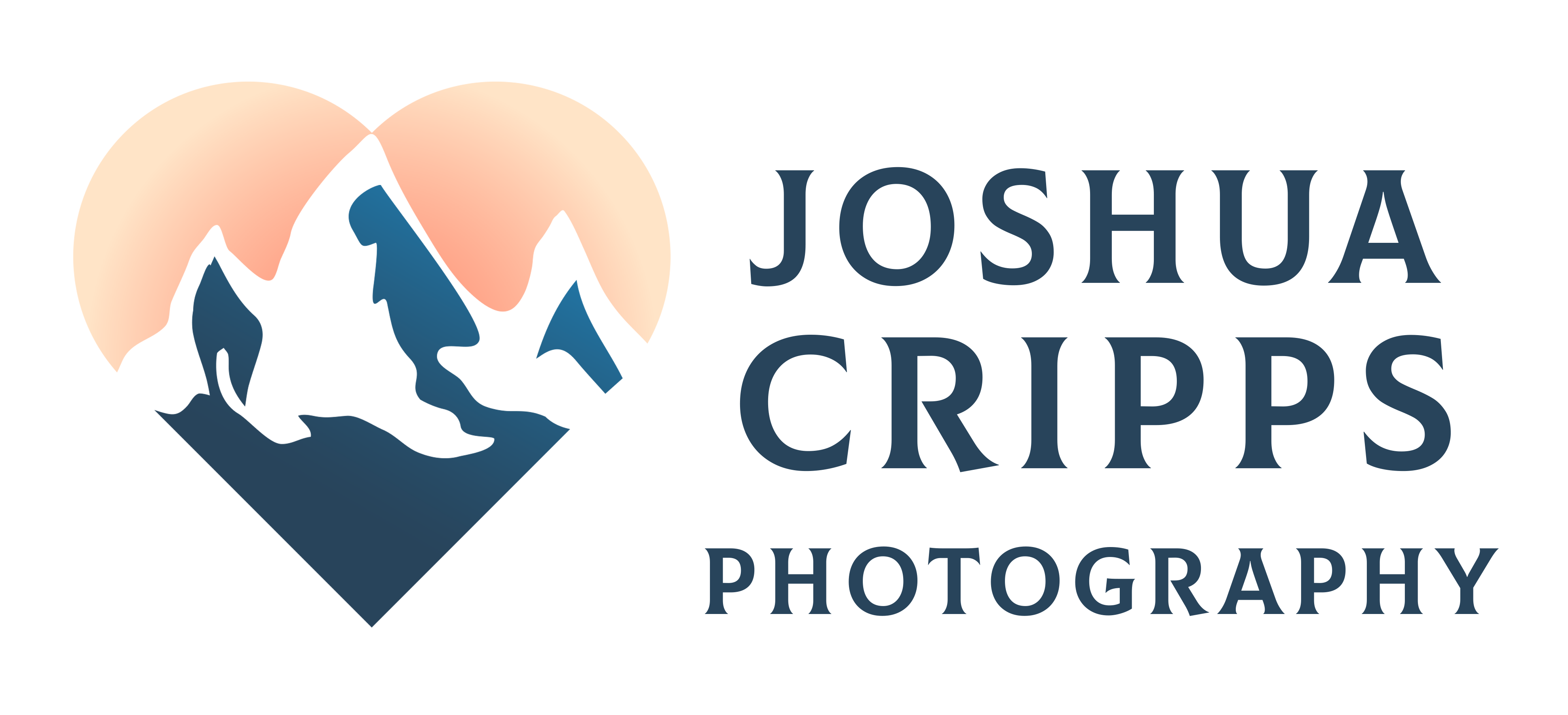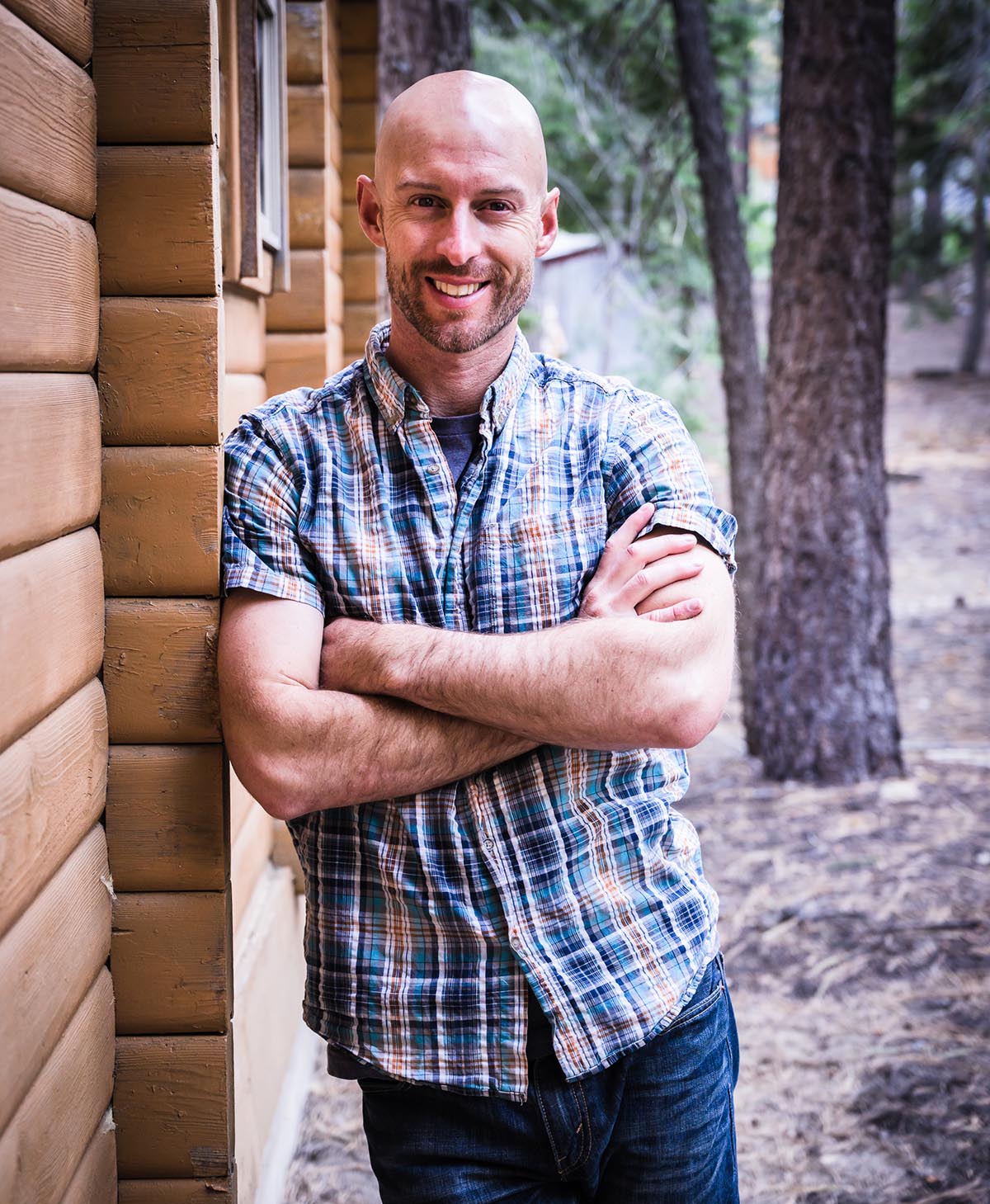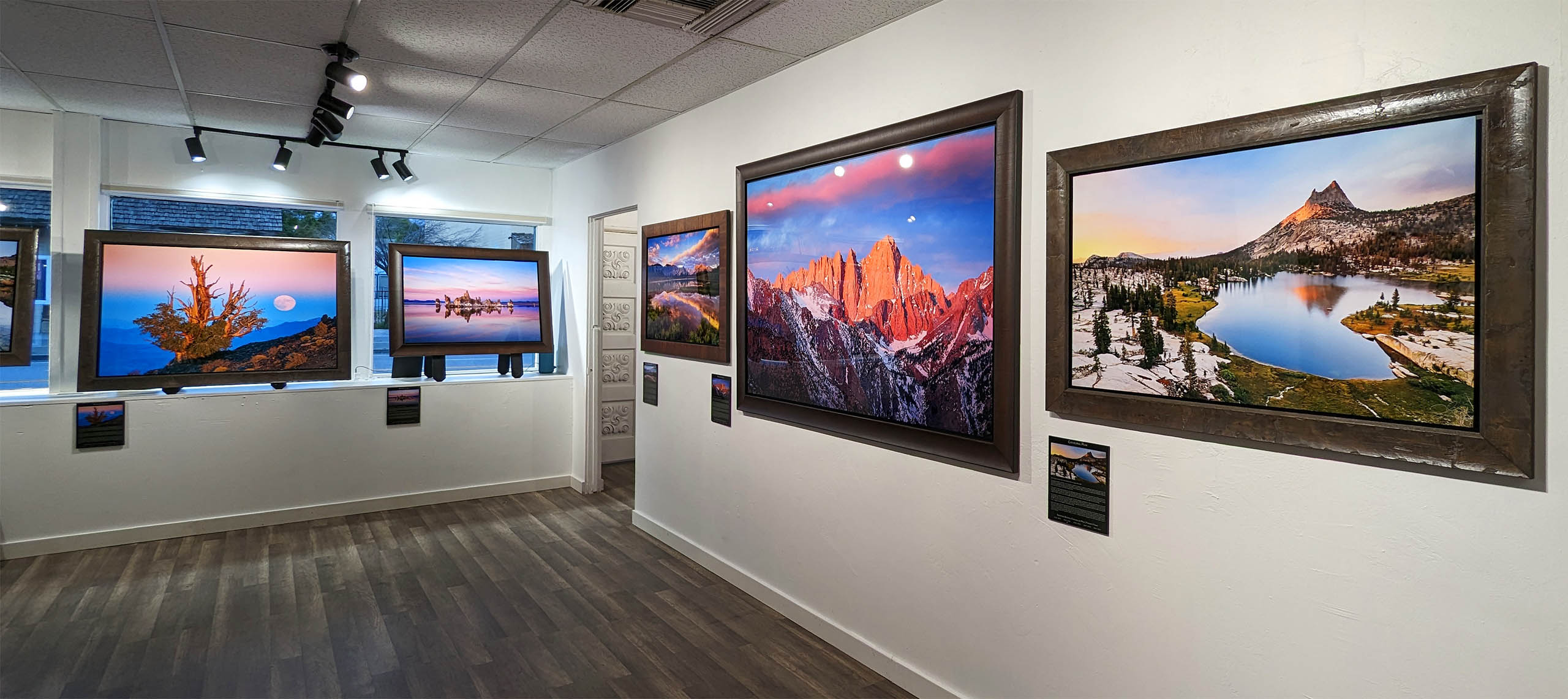Joshua Cripps
Get a Perfect Shutter Speed with 10 Stop ND Filters for Long Exposure Landscape Photography (QOTW)
- 2 Comments
Hey, what’s up everybody. It’s Josh Cripps here and I got a couple of quick announcements for you. The first one is in solidarity with all of the people who haven’t been able to get haircuts over the past couple of months, I decided to grow out my beard a little bit. Now, I don’t know how long I’m going to be able to make it usually around the time that it starts to fill up with all this stuff that I’m eating is when I get sick of it. So if you see my beard fluctuate like a beardy rollercoaster, now, you know, what’s going on. And the second announcement is that I have decided to bring back an old segment that I used to have here on the channel called the landscape photography question of the week. So if you have a question about landscape photography, just pop it down in the comments of this video, and I’m going to take the best ones and I’ll answer them in this weekly segment. And we’ll have some kind of cool title sequence that comes over the top. That’s like Christian,
But it’ll be way better than that. Anyway, I wanted to kick things off this week with an oldie, but a goodie, an anonymous user asked me, how do you actually make sure that you have a good exposure when you’re shooting long exposures? When you’re using something like a 10 stop filter or a six stop filter. Let me show you guys a couple of photos. Here’s a shot that I took out at Mona Lake the other day. And here is the immediate next photograph. You can see that it’s a long exposure and you can see that the exposure itself is almost identical to the short exposure. I didn’t have to sit there and twiddle with all my exposure dials until I slowly fine tuned my way into a perfect exposure. No, I knew exactly what the exposure needed to be.
Every single 10 stock filter comes with one of those little laminated cards that gives you the initial shutter speed and then the long exposure, shutter speed. But honestly, I don’t think those things are very useful because they just have set points. And if you’re not at one of those set points that they give you, how do you know what the exposure is supposed to be? So in this video, I want to talk about all kinds of different methods that you can use to get that perfect exposure. Now, the first way is sort of for those weird super human people who just have a really great photography, intuition, a friend of mine, Sarah Lindsay, she’s a fantastic example of this. She shoots so many long exposures. She just has a good gut feel about what the right exposure time should be. So she looks at the conditions.
She looks at her rough settings on the camera and goes, no, I think this is going to be about a 42 second exposure. And then she does some tweaking and post if she needs to. But for the rest of us, for us mortals, who don’t have that incredible intuition about long exposures, there are three really good ways that you can figure out what your exposure time should be. Now, let me just jump in and interject to say that all of these methods are predicated on the idea that you have a good exposure already before you even put the filter on your camera. So you need to figure out what your good baseline exposure is.
The first one is what I call counting clicks. Most cameras are set up so that every clicks of the aperture or the shutter speed dial is equal to exactly one stop. And so if you put a 10 stop filter over your camera, well, then you just got to click your camera enough times that it counts off 10 stops. And if every three clicks of one of these dials is a stop, that means you just have to go 30 clicks, which means if you’re starting at a shutter speed of something like a 40th of a second, and you just go click, click, click, click, click, click. Good, good, good, good, good, good, good, good, good.
All the way up to 30. You’re going to see that the camera takes you to a 25th of a second, which is exactly 10 stops brighter than you were. And it allows you to get that perfect exposure with the filter on your camera. Similarly, if you’re using a six stop filter, then all you have to do is count off those six stops in those three click increment, similar to counting clicks. You can actually use the preview histogram on your camera. So if you know what the histogram looked like before you put the filter on the lens, then you just increase your shutter speed. Until that preview histogram looks the same with the filter on. Now, this is not quite as accurate a way to do this because a lot of times these 10 stock filters can fool your camera’s light meter, or they can fool the sensor. So even though you can use this method, you might still have to fine tune and twiddle your results. So it’s not really one of my favorites. Now, the problem with both the counting clicks method and the live histogram method is that they only work up to the point that your camera hits a 32nd shutter speed any longer than that. And the camera doesn’t have the necessary display to actually show you what’s going on. So then you have to figure out what the exposure is on your own.
Now, by far the easiest way to do this as simply by using an app, it allows you to plug in your initial exposure settings, the strength of the filter, and it’ll spit out the final shutter speed I use PhotoPills, but there’s lots of them out there. Finally, if you’re not really an app person or you just like the satisfaction of doing math in your head, then this last method is for you. So 10 stops. If you look into the math of what that actually means, it basically means that you’re doubling your shutter speed 10 successive times. And if you do all that math, it works out to be a factor of 1024. So all you have to do is take your initial shutter speed and multiply it by 1,024. That’s super easy, right? Piece of cake, not a problem. I’m just kidding. That kind of map is not that straight forward, but you can do an approximation, right?
Because 1,024 is really close to a thousand. So as long as you can multiply your shutter speed, your initial shutter speed by a thousand, you can get the final shutter speed that you need. So say your initial shutter speed is one, 500th of a second. Well, you multiply that by a thousand and you get two seconds. If it’s a 50th of a second and you get 20 seconds, if your initial shutter speed is a second, then your long shutter speed with their 10 filter comes out to beat a thousand seconds with a six stop. It’s a similar idea. If you take two times, two times, two times, two times, two times two that works out to be 64 and 64 for our purposes is close enough to 60, and it might seem complicated to take a shutter speed and multiply it by 60 until you realize that minutes and seconds all work in sixties.
And so all you have to do is take your initial shutter speed in seconds, cut off the word seconds and replace it with the word minutes. So say your shutter speed initially is a 10th of a second. Well, you put the six stop filter on, and now it’s a 10th of a minute and what’s a 10th of a minute. Well it’s six seconds, right? Or say your shutter speed is half a second. Initially, while you put the sixth stop on and it becomes half a minute or 30 seconds. And so you can do this as long as you need to. If your initial shutter speed is two seconds with a six stop filter, it becomes two minutes. And the reason that I like using this mental map method, we’ll try to say that five times fast is because it gives you a really quick approximation of what your final shutter speed is going to be.
And so, you know, if you’re shooting say around sunset and you already have an initial shutter speed of two seconds, and you want to drag the clouds out, well, you can just do this in your head really quickly and say, okay, with a two second initial shutter speed, if I throw a 10 stop filter on there, that means my final shutter speed is going to be 2000 seconds. That’s like 33 minutes or something. Somebody checked my math on that place. Whereas you can say, okay, a six stop filter. I just take two seconds. I turn that into two minutes. That’s actually a reasonable shutter speed. So now I know which filter I want to use in this situation. So it gives you a good shortcut. In my opinion, it’s faster than counting clicks. It’s faster than using an app to know kind of what filter that you want to use in every situation you find yourself in.
And there you have it. There’s a bunch of different ways that you can calculate your long exposure, shutter speed times in order to get a perfect exposure. I hope you guys enjoyed this video. If you did, please give it a thumbs up, share it with your friends. Like it really helps me grow the channel and keep making more videos. And like I said, at the beginning, if you have a question about landscape photography that you think a lot of people want to know the answer to just pop it down in the comments, the best questions I will pull out and I’ll throw up in the landscape photography question of the week segment. All right, you guys, until next time have fun and happy shooting.
Be sure to subscribe to my newsletter and YouTube channel for even more landscape photography how-to.




2 Responses
I really like the simplicity of the ‘math method’ even tho math really isn’t my thing at all. It’s even something I can probably remember! 🙂
Haha! I agree with you. It’s simple, accurate, and quick. Who could ask for more?